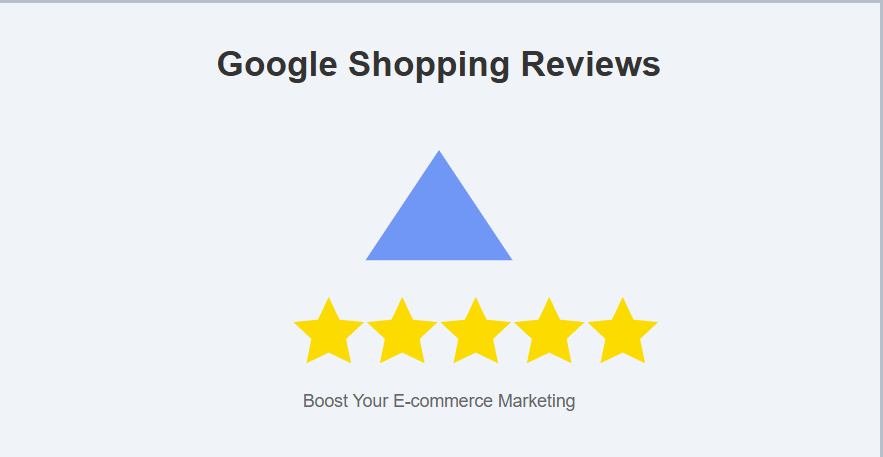

Maximizing click-through rates (CTR) for Google Shopping Ads is a crucial skill for e-commerce businesses. High CTR not only increases traffic but also improves your ad quality score, ultimately reducing costs and boosting conversions. In this guide, we’ll explore actionable strategies, common challenges, and expert tips to optimize your Google Shopping Ads for better performance.
1. Why Is CTR Vital for Google Shopping Ads?
CTR is a key performance metric that reflects how often users click on your ads after seeing them. A higher CTR indicates that your ad is resonating with the target audience. Here’s why it matters:
Improved Ad Rank: Google prioritizes ads with high engagement, helping you secure better placement.
Lower Costs: Higher CTR leads to a better quality score, which can lower your cost-per-click (CPC).
Better ROI: More clicks from qualified leads translate into higher sales and profitability.
2. Steps to Prepare for CTR Optimization
Ensure Product Feed Accuracy
Use precise and descriptive titles.
Include high-quality images.
Keep product details like price and availability up-to-date.
Understand Your Audience
Conduct market research to identify your target demographic.
Use segmentation to tailor ads to specific customer groups.
Set Clear Goals
Define what constitutes a successful CTR for your campaigns.
Align your goals with overall business objectives, such as increased conversions or brand visibility.
3. Strategies to Boost CTR for Google Shopping Ads
Optimize Product Titles and Descriptions
Incorporate relevant keywords that match users' search queries.
Highlight key features and unique selling points.
Use Eye-Catching Images
Ensure images are high-resolution and showcase the product from multiple angles.
Avoid using stock images that don’t reflect the actual product.
Implement Competitive Pricing
Regularly monitor competitors’ pricing and adjust accordingly.
Highlight discounts or promotions directly in the ad.
Leverage Merchant Promotions
Use Google’s merchant promotions to showcase special offers.
Ensure that promo details are accurate and time-sensitive.
Refine Bidding Strategies
Use Smart Bidding to automatically adjust bids based on performance.
Allocate higher budgets to top-performing products or categories.
Add Customer Reviews
Display star ratings and customer testimonials to build trust.
Regularly update reviews to keep them relevant and credible.
4. Common Challenges and Solutions
1. Low CTR Despite High Impressions
Solution: Review ad relevance and update product feed with better keywords and descriptions.
2. Poor Image Quality
Solution: Invest in professional photography to showcase your products effectively.
3. High CPC Without ROI
Solution: Analyze performance data to identify underperforming ads and adjust bids accordingly.
5. Post-Optimization Best Practices
Monitor Performance Metrics
Use Google Analytics and Merchant Center reports to track CTR, CPC, and ROI.
Regularly review data to identify trends and areas for improvement.
A/B Test Your Ads
Experiment with different titles, images, and promotional messages.
Use results to refine your overall strategy.
Stay Updated with Google Policies
Regularly review Google’s advertising guidelines to ensure compliance.
6. Conclusion
Optimizing CTR for Google Shopping Ads is an ongoing process that requires attention to detail and a willingness to adapt. By implementing these strategies and monitoring your performance, you can drive more traffic, improve ad efficiency, and ultimately increase sales. Start refining your Shopping Ads today and watch your e-commerce business thrive!